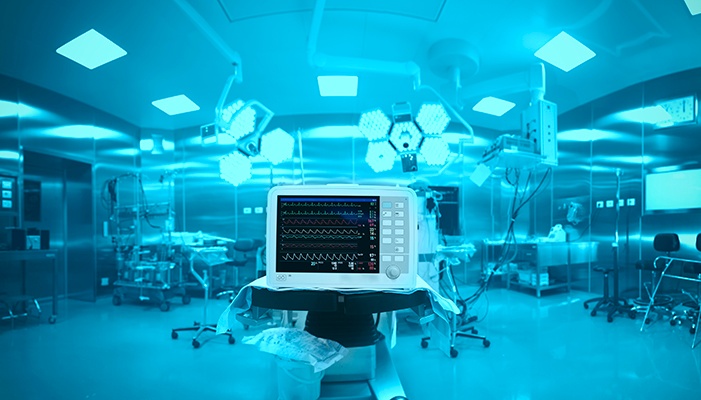Over 16 million patients worldwide are remotely monitored, mirroring trends in lone worker tech.
Feb 12, 2019 • News • Future of FIeld Service • Medical • Berg Insight • Lone Worker Safety • Remote Monitoring
IoT connectivity and remote monitoring, used by companies to monitor the safety of their lone workers, straddles into medical sphere to keep tabs on patients' health.
The number of remotely monitored patients grew by 41% to 16.5 million in 2017 as the market acceptance continues to grow in several key verticals, according to research by Berg Insight.
This number includes all patients enrolled in mHealth care programs in which connected medical devices are used as a part of the care regimen. Connected medical devices used for various forms of personal health tracking are not included in this figure. Berg Insight estimates that the number of remotely monitored patients will grow at a Compound Annual Growth Rate (CAGR) of 31.0% to reach 83.4 million by 2023. The two main applications are monitoring of patients with sleep therapy devices and monitoring of patients with implantable cardiac rhythm management (CRM) devices. These two segments accounted for 82% of all connected home medical monitoring systems in 2017.
The number of of remotely monitored sleep therapy patients grew by 37% in 2017, mainly driven by Philips and ResMed that together dominate the sleep therapy market. The CRM market is led by companies such as Medtronic, Boston Scientific and Abbott that started to include connectivity in CRM solutions more than a decade ago. Telehealth is the third largest segment with 0.8 million connections at the end of the year.
Leading telehealth hub vendors include Tunstall Healthcare, Resideo (Honeywell), Medtronic, Philips and Qualcomm Life. Other device categories – including ECG, glucose level, medication compliance, blood pressure monitors and others – accounted for just over two million connections. “The most promising segment is medication compliance, which we expect will become the second most connected segment in the next five years”, says Sebastian Hellström, IoT Analyst at Berg Insight.
More than 60% of all connected medical monitoring devices rely on cellular connectivity today and has become the de-facto standard for most types of connected home medical monitoring devices. The number of mHealth devices with integrated cellular connectivity increased from 7.1 million in 2016 to 10.7 million in 2017.
The use of BYOD connectivity will increase the most during the next six years, with a forecasted CAGR of 48.2%. “BYOD involves low cost and the technology is mostly adopted in patient-centric therapeutic areas such as diabetes and asthma that have younger patient demographics compared to many other chronic diseases. Many of these patients prefer to use their own smartphone as the interface instead of carrying around a dedicated device for remote monitoring”, concluded Mr. Hellström.
The increase of remote monitoring usage across professions, including health and safety, was highlighted in a further report by Berg Insight who found the number of monitored lone workers in Europe and North America reached 900,000 in 2017,
Download report brochure: mHealth and Home Monitoring
Be social and share...





















 Field Service News is published by 1927 Media Ltd, an independent publisher whose sole focus is on the field service sector. As such our entire resources are focused on helping drive the field service sector forwards and aiming to best serve our industry through honest, incisive and innovative media coverage of the global field service sector.
Field Service News is published by 1927 Media Ltd, an independent publisher whose sole focus is on the field service sector. As such our entire resources are focused on helping drive the field service sector forwards and aiming to best serve our industry through honest, incisive and innovative media coverage of the global field service sector.
Leave a Reply